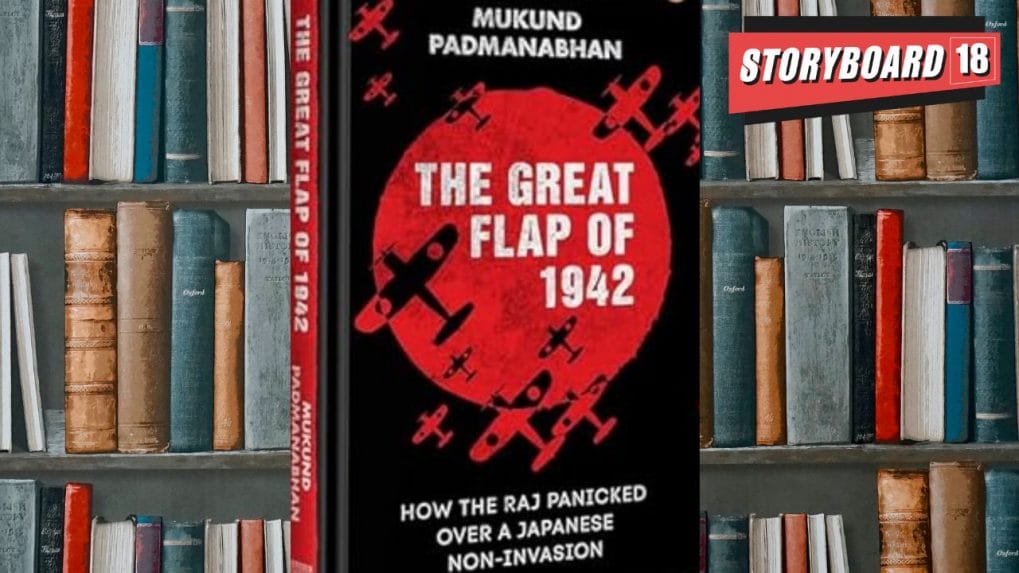Brand Makers
Dil Ka Jod Hai, Tootega Nahin

Did the Japanese ever invade India?
Chances are that if we ever get asked the above question, our response will be a defiant no. But the fact remains that on March 1942, the Japanese entered Andaman and Nicobar Islands, and took its capital Port Blair with no resistance.
What? Why?
And doesn’t 1942 sound like a period in the middle of the second world war?
In the ‘The Great Flap of 1942’, Mukund Padmanabhan opens a tightly shut door with this intensely researched piece of narrative non-fiction.
Here are our five Bookstrapping insights.
1. The book is laid out in 12 sharp chapters. With titles such as ‘The Tongue of Rumour’ and ‘The Fog of Confusion’, the book takes the reader back to the days in which communication was not as quick as it is today! Its plain to see the challenges of interpreting partial information and how estimates can go seriously wrong, while anticipating potential events!
2. Japanese imperial ambitions are documented but largely from the vantage point of their attack on Pearl Harbour. There’s so much more that you discover as you turn the pages of this book!
3. Japan was on quite a roll before the US stopped it in its tracks! They took Singapore in 1942 before proceeding to set sail into the Indian Ocean, as their potent airforce bombed Sri Lanka and their navy sunk British ships!
4. There was a time, when the British felt that the Japanese would attack Madras next! So, in the middle of April 1942, an estimated 75 to 90 percent of Madras was evacuated! What’s more, wild animals in the Madras zoo was shot dead, so that lions, tigers, bears and snakes would not be set free and let loose, as an unintended consequence of Japanese bombing.
5. The British seemed to be preparing for a great Japanese threat. They referred to this as the The Great Flap of 1942. This threat, however never came through, even though at one point, the Japanese attempted to enter India’s mainland via the north-east from their base in Burma.
The question the book leaves the reader with is this- ‘how much did the Japanese threat change political attitudes and influence the national movement in 1942?’ How did it change British attitudes towards India? And how does war time threat alter the social fabric?
Don’t miss the epilogue about the ‘zoo story’ from this debut author!
Reeta Ramamurthy Gupta is a columnist and bestselling biographer. She is credited with the internationally acclaimed Red Dot Experiment, a decadal six-nation study on how ‘culture impacts communication.’ On Instagram @OfficialReetaGupta
"The raucous, almost deafening, cuss words from the heartland that Piyush Pandey used with gay abandon turned things upside down in the old world order."
Read MoreFrom OpenAI’s ChatGPT-powered Atlas to Microsoft’s Copilot-enabled Edge, a new generation of AI-first browsers is transforming how people search, surf and interact online — and reshaping the future of digital advertising.